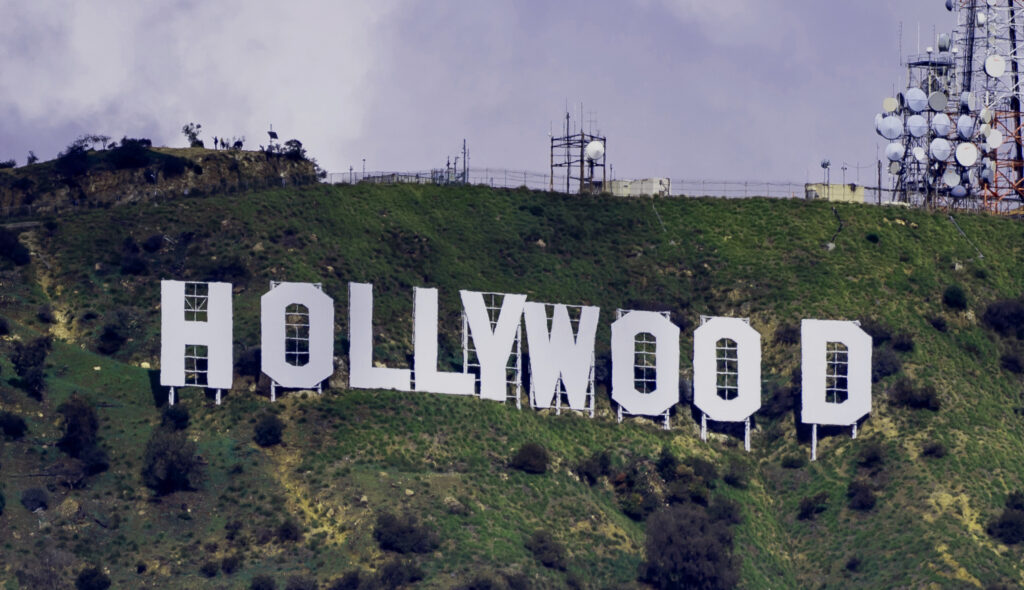Hollywood, the epicenter of the global entertainment industry, has undergone significant changes over the past few decades. The 1980s marked a period of iconic movies and stars, while today, the landscape of the entertainment industry has transformed in numerous ways. This article explores the evolution of Hollywood from the 80s to the present day, highlighting shifts in technology, diversity, storytelling, and the way we consume media.
- Technological Advancements
One of the most dramatic changes in Hollywood is the exponential growth in technology. In the 80s, practical effects and traditional film were the industry standards. Today, CGI (Computer-Generated Imagery) and cutting-edge technology have reshaped filmmaking. The use of green screens, motion capture, and 3D effects has given filmmakers unprecedented creative freedom.
- Diversity and Representation
The 80s were often criticized for a lack of diversity and representation in film and television. However, Hollywood has made significant strides towards inclusivity since then. The industry now champions diverse stories, casts, and voices. Films and TV shows are increasingly addressing social issues, promoting underrepresented communities, and depicting a more realistic reflection of the world.
- Streaming Services
The rise of streaming services like Netflix, Amazon Prime, and Disney+ has revolutionized the way we consume media. Unlike the 80s when movie theaters and television networks were the primary sources of entertainment, today, we have the convenience of watching content on demand. This has not only changed the distribution model but also expanded opportunities for independent filmmakers and diverse storytelling.
- Celebrity Culture
The 80s gave birth to the concept of the Hollywood blockbuster, catapulting actors like Harrison Ford, Arnold Schwarzenegger, and Sylvester Stallone to superstardom. Today, the definition of celebrity has expanded beyond traditional film and television. Influencers, social media stars, and YouTubers have become influential celebrities in their own right, reshaping the idea of fame and stardom.
- Evolving Storytelling
Storytelling in Hollywood has evolved significantly. In the 80s, films were often formulaic and relied on conventional narratives. Today, there is a growing appetite for complex, character-driven stories. Audiences are more open to ambiguity, unconventional structures, and thought-provoking themes. Filmmakers and writers are pushing boundaries, exploring diverse genres, and adapting novels, comic books, and video games into compelling narratives.
- Female Empowerment
In the 80s, Hollywood’s portrayal of women often revolved around stereotypes and limited roles. Today, the industry has embraced female empowerment with a surge of female-led productions, both in front of and behind the camera. Women are increasingly taking on powerful roles in Hollywood, advocating for gender equality, and inspiring future generations.
- Social and Political Influence
Hollywood has become a platform for social and political commentary. In the 80s, this influence was not as pronounced, but today, films and TV shows often address pressing issues such as climate change, racial justice, and immigration. Hollywood stars and creators are using their platforms to advocate for change and raise awareness of global challenges.
Conclusion
Hollywood has transformed dramatically from the 1980s to today. The evolution in technology, diversity, storytelling, and the way we access entertainment has reshaped the industry. While some may hold a sense of nostalgia for the iconic films and stars of the 80s, the modern entertainment landscape offers exciting opportunities for new voices and perspectives. As we continue to see these changes unfold, one thing remains clear: Hollywood will always be a reflection of our culture, society, and the human experience.

